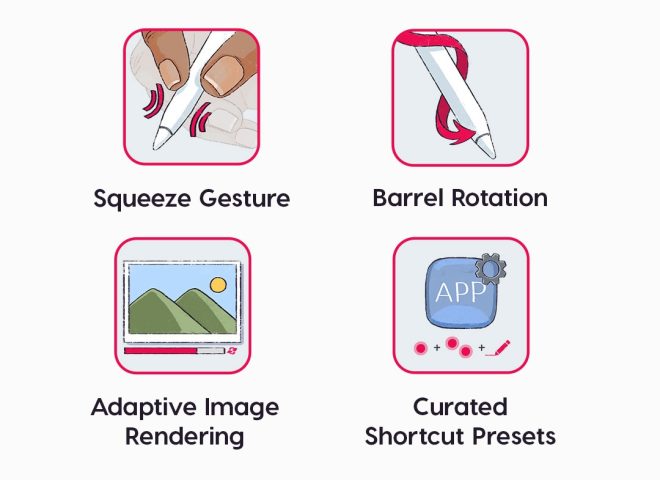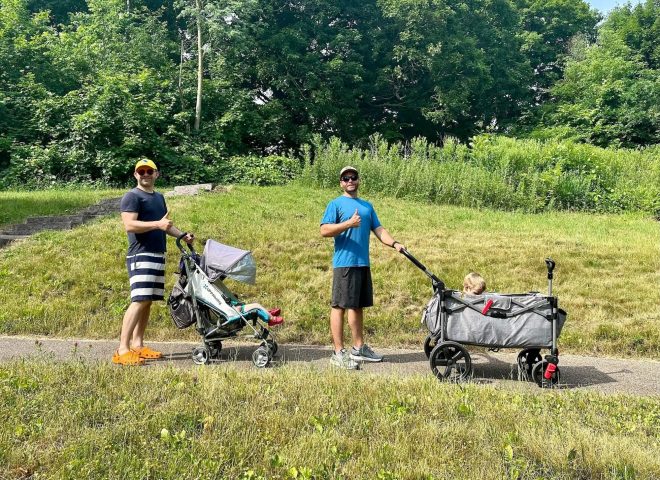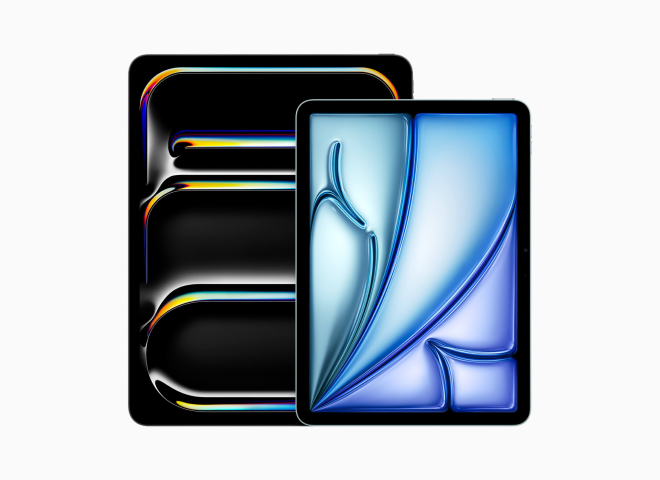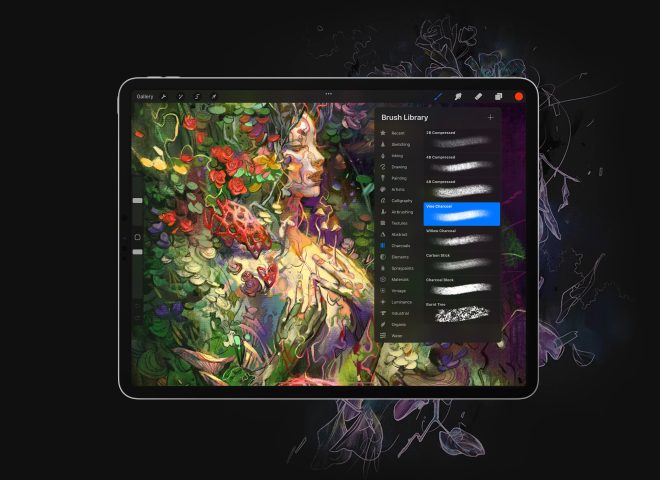Adobe recently introduced a beta version of Photoshop that features generative AI.
What makes Adobe’s new AI unique is that it was trained entirely off of content that Adobe has the copyright to – something that’s especially important to creatives. Other generative AI systems have been trained by scraping the internet, which has irked many since it uses their work without attribution, creating a legal grey area.
So how does it work in practice? I took it for a spin to find out…
Getting started – install the Photoshop beta
Right now Photoshop’s generative AI is only available in beta for Creative Cloud subscribers. So the first thing you’ll need to do is launch the Creative Cloud app and click “Beta Apps” in the left sidebar. From there you’ll be able to install the latest beta of Photoshop.
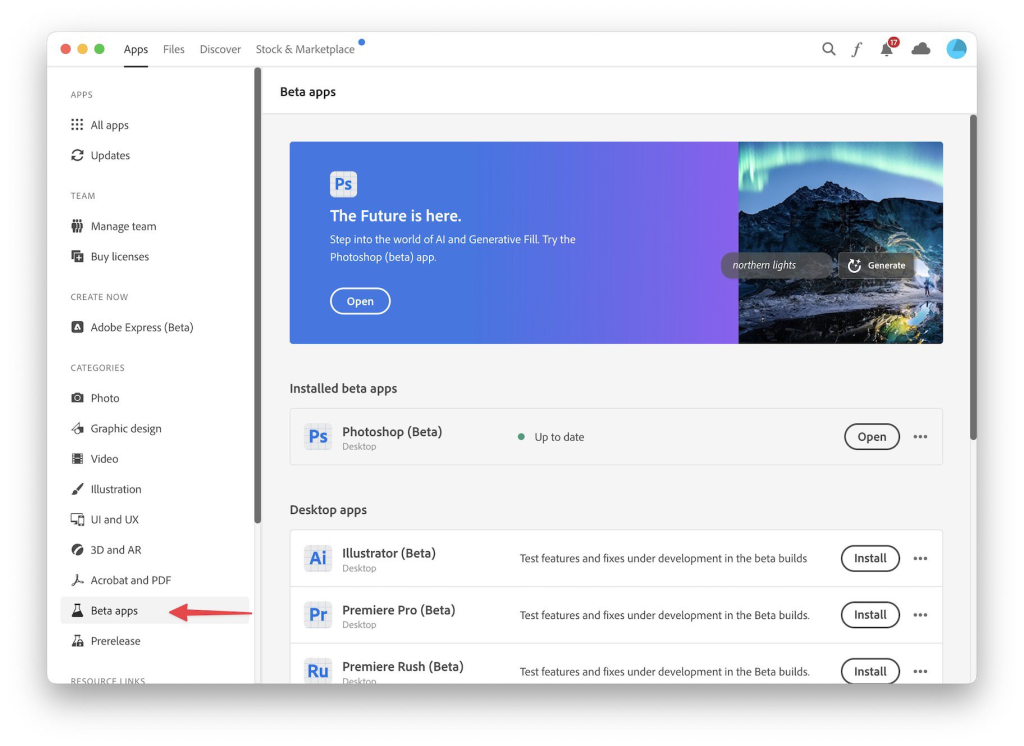
Once you’re in the beta version of Photoshop, try selecting an area of the canvas. A toolbar will pop up that has a button labeled “Generative Fill.” When you click that you’ll be able to type a prompt, and Photoshop will attempt to generate a selection for you. Give it a try. 😄
Putting AI to work
We recently introduced Luna Display 5.3 which features additional USB support for Mac-to-Mac Mode. So I thought a realistic exercise would be to take one of our existing photos and try adding a USB cable connecting the two Macs.
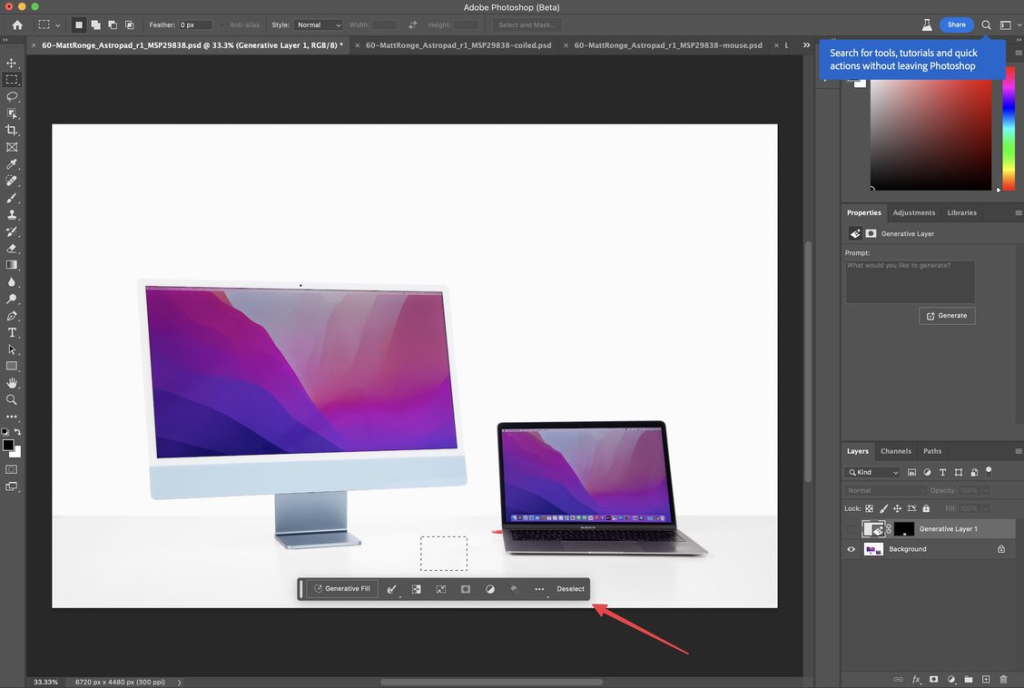
I took the above image, and selected the region where I wanted to add the USB cable and then entered “White USB cable” as the prompt. Here’s what I got:

Not exactly what I was hoping for. Was my AI prompt wrong? I spent some time tweaking the prompt and selection area to get it to spit out something better, but I never quite got there.
So ok, not great for this use case, but what generating backgrounds?
Generating backgrounds with AI
This time I decided to try using Photoshop’s AI to fill in a background for me. I started with the below image and then expanded the canvas to give me lots of room. I then selected the computer and iPad and inverted the selection, leaving me just the edges and the empty part of the canvas.

Finally, I clicked the “Generative AI” button but I didn’t specify any prompt this time. Here’s what I got:

WOW! 🤯
Ok so that’s really good, and this was the first variation that was generated! With a small bit of cleanup around the bottom of the desk I could use this!
I played around with generating more backgrounds and it did really well almost every time. I also tried generating natural backgrounds rather than an office setting and it fared even better.
While Adobe’s AI may not be great at generating objects right now, it’s really good at backgrounds, especially in natural settings. Plus, I’m sure it’s going to rapidly improve.
What does generative AI mean for artists and designers?
My take is that tools like Photoshop’s AI are going to make existing creatives much more productive, not replace them. This is like other times when we’ve gotten powerful new creative tools like desktop publishing, digital photography and at-home video editing. People are still needed to drive the creative vision and manipulate the output of the tools.
We are seeing the same thing occur in the programming and development space. These AI tools allow our existing engineers to get answers quickly and solve their problems faster. The same is true in design.
My advice: if you’re a creative, you absolutely need to start experimenting with generative AI. In a few years time, we’ll all be using it. So next time you’re staring at a blank canvas, try using AI to give you a jump start.

